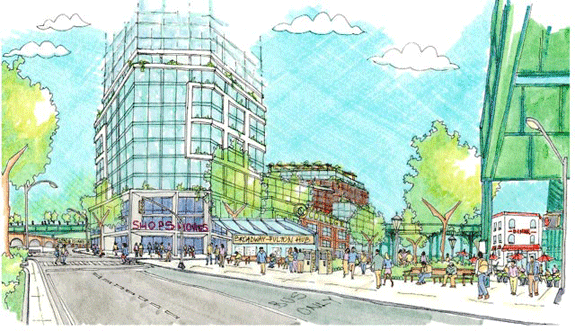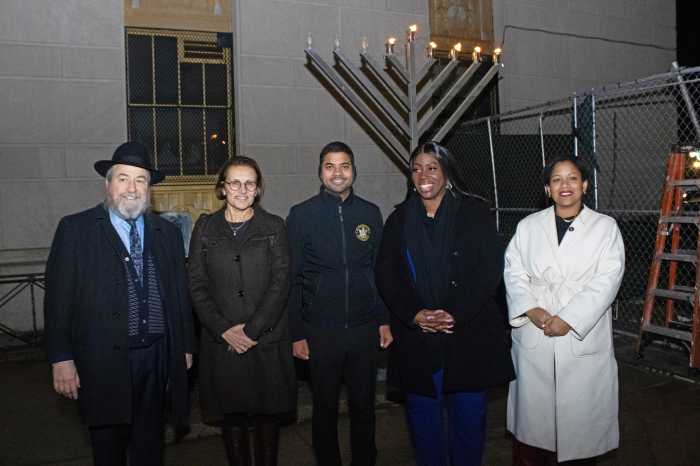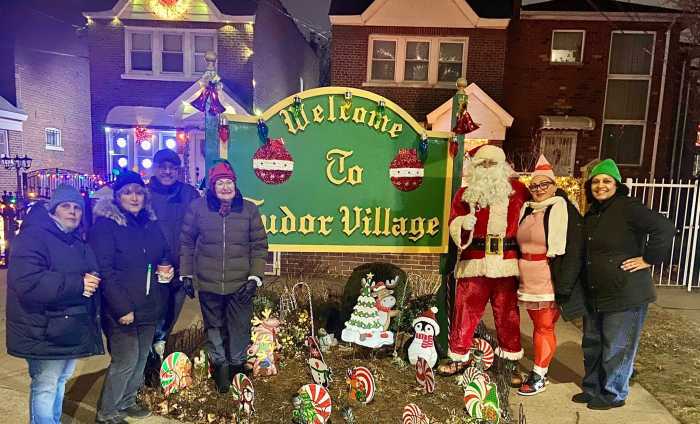While you can’t stop marching gentrification, you can clip its wings to include affordable housing.

That’s the message behind Mayor de Blasio‘s two signature citywide rezoning plans that a majority of the city’s community advisory boards have recently rejected. This includes the East New York Community Board, which is where an initial rezoning plan trading size and density upgrades with developers in exchange for 3,500 units of affordable housing.
“Market rate development is coming anyway. Look at Bushwick. Look at Bedford-Stuyvesant. There’s been a massive amount of displacement and a lot of tear downs. That’s what the future holds without a coherent and effective government response to these market forces,” de Blasio Spokesperson Wiley Norvell.
Whether East New York is rezoned or not, marketplace development will pose a challenge to the neighborhood. Gentrification has been marching through. Ten years ago it was Williamsburg and now it’s marching through Crown Heights and into Brownsville. Our goal is to ensure that development, when it inevitably occurs will bring back something to meet residents today. The core of what we’re doing is [because] the pace of the market has shown no limitations. We need to make sure when development comes it brings something back,” he added.
De Blasio’s two citywide proposals are “Mandatory Inclusionary Housing,” requiring more affordable housing from developers who build in rezoned areas, and “Zoning for Quality and Affordability,” which allows for slightly taller buildings, different street setbacks, less required parking and more housing for seniors.
In the East New York MIH rezoning, developers will be allowed to develop 7,000 units of housing, half of which must be affordable.
Norvell said the East New York rezoning includes an affordability where the first 1,200 units of affordable housing will go towards presidents with very-low income making as little at $18,000 annually, and where the city will subsidize the rest of the rent.

Meanwhile, the ZQA plan allows set aside housing for seniors, one of the fastest growing demographics in the city, allowing for assisted living and independent assisted living units within the same building.
Despite the de Blasio’s Administration’s arguments, a large majority of the 59 community boards, which operate as advisory boards continue to vote against the plans citing concerns about the increased density and the ability of the administration to really deliver affordable apartments to residents in need that may have poor credit or no political connections.
But de Blasio, today, said while community boards provide important feedback, they are only part of the process that includes the City Council, the City Planning Commission and the Mayor’s Office. He also noted that community boards often reject new developments within the community.
“What we’re talking about is a different approach to development and I don’t blame people who haven’t seen it before, for having tough questions. But we’re talking about demanding much more from developers, creating much more affordable housing that’s ever been create before; protecting people in communities with legal services to stop eviction and harassment – it’s a whole new approach and, of course, there’ll be doubting Thomases at first, but I think over time, we’ll be able to show people it works,” said de Blasio.






